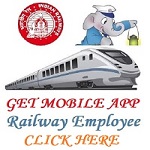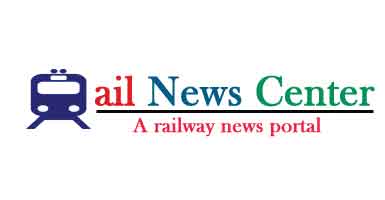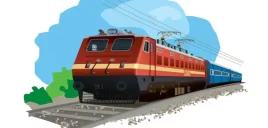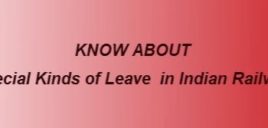Among goods trains, Link Trains are or were those with a pre-specified regular weekly or daily schedule (the ‘link’ for the train). Often, these goods trains had dedicated sets of crew, and these trains were usually given priority by the controllers as well. High utilization is achieved by extended running with longer distances between rake examinations. Today, the term is not used much, and there are a variety of high-priority timetabled goods services that use the same management principles. Historically, the introduction of Link Trains was a significant step in improving the efficiency of goods services.
Very early, in steam days, generally the Assigned Crew system was followed, where a single set of crew members (one driver and two firemen) were attached to a locomotive permanently, and travelled with it on all trips. The sense of ownership and dedication resulted in the crew taking very good care of the locomotive, and the system worked while goods traffic requirements remained low. However, utilization was lower than it could be, since the locomotive had to remain stabled any time the crew were resting, as required for instance by the rules around hours of running duty. In the 1930s, the Pooled Crew system was introduced, where crew were not assigned permanently to a locomotive, but instead assigned to an engine when it was ready to run. This increased the utilization of the engines. With the outbreak of World War II, there were greatly increased demands for goods traffic, there was a shortage of spares, and many junior staff on account of large numbers of promotions given to cope with the need to run more trains. All this combined, especially on CR, to lead to massive congestion of goods traffic, and average goods train speeds dropped to below 30km/h. It was in an effort to alleviate this situation that Link Trains were introduced. Daily paths were set up – these schedules were known as links. The link trains were organized so they would skip some intermediate stops for coaling/watering. A few sets of crew members were allocated to each locomotive. When a link train was to be run, one set of crew would run the loco all the way to the destination point (the out-station), and sign off there, and another set would make the return journey. The first link train on this system was run in 1942, using two XP engines to haul goods ont he 395km Bhusaval-Nagpur section. The engines were able to log 9500km a month, far higher than the typical engine utilization of the time. In 1945 the system was extended to the then new and powerful AWE engines on the Bhusaval division. Five goods trains were run on fixed links using 9 AWE engines from Bhusaval to Igatpuri. The system was further improved by using extended engine runs that used lineside coaling and watering facilities outside the sheds to allow engines to skip sheds and save time. Trains were not remarshalled at intermediate points. This was used for instance on the approximately 400km route between Daund and Raichur, and between Jhansi and Delhi. Watering stations were staggered, so that successive trains on a route used alternating watering stations – this was especially helped by the introduction of WG and YG locomotives with high tender water capacity. C&W examination was also extended to happen only once in 360km or so. Engines and rakes were allowed to run 800km after an extended examination, and 300km yard to yard after a ‘safe-to-run’ examination.
Even today, Jumbo rakes and other high-priority goods rakes are allowed to run without detailed examination at intermediate points. Of course, with the introduction of diesel and electric traction considerations of watering and coaling points are no longer a concern.
Source – IFRCA.org
Disclaimer: The Information /News /Video provided in this Platform has been collected from different sources. We Believe that “Knowledge Is Power” and our aim is to create general awareness among people and make them powerful through easily accessible Information. NOTE: We do not take any responsibility of authenticity of Information/News/Videos.
This entry was posted in 2 Railway Employee, STUDY NEW, Railway Employee











